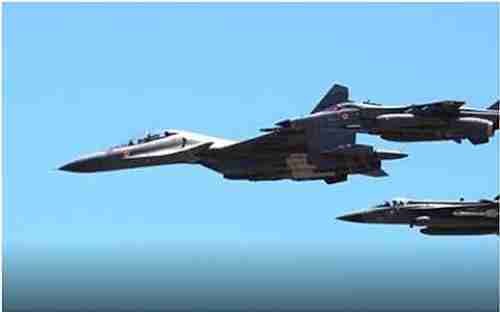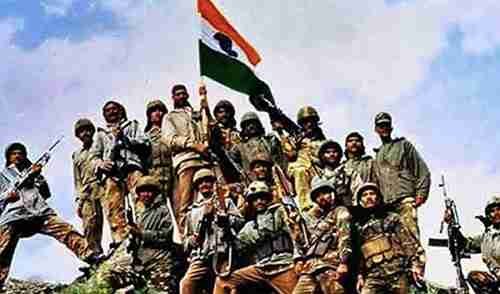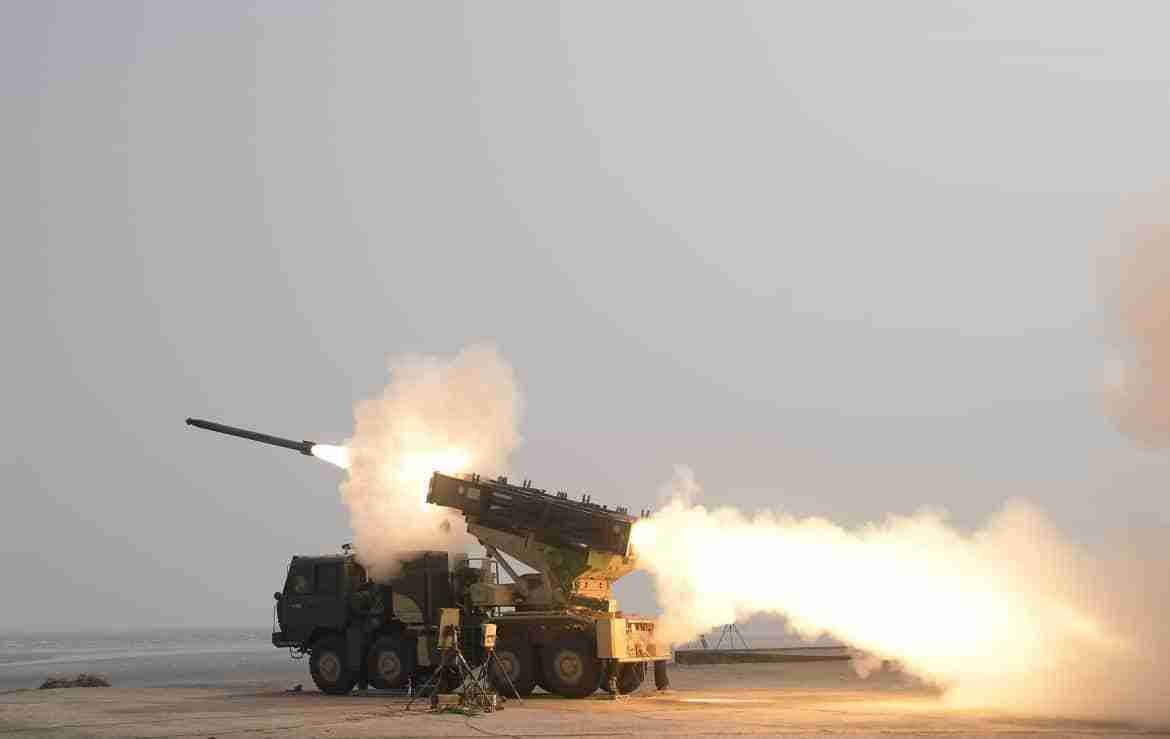The stark reality of national security and its implications on infringement on sovereignty was thrust upon India shortly after independence. The Pakistani assault to wrest Kashmir from India was foiled in 1948 but it somehow did not spur the powers that be to secure ourselves for the future with adequate arms and a military capability which would deter any foe.
This was the time to establish an indigenous defence industry which would exponentially grow over the years and allow the nation to breathe easy. But the Prime Minister’s ideas of a non-aligned nation, whose progress would be mapped with peace and good diplomatic relations with neighbours took priority and the military and associated industry were cast into the shadows—never to really recover and spring back to claim absolute indigenous independence.
Early setback
The setback because of the Chinese aggression of 1962 sent the Government of India scurrying for assistance to the Americans, who promptly offered a cold shoulder. Soviet overtures started almost immediately, as they perceived the short-sighted policy of the Indian government towards national security and the need to arm oneself against any possible threat.
It did not take long for India to get seduced and it sought the Soviet embrace, even as she went through a bitter war with Pakistan in 1965. The bear-hug was genuine and all encompassing, just getting stronger as the years rolled on. As a country we retained our laissez faire attitude towards national security and sat back, quite content at the flow of Soviet arms assistance through another war in 1971 and beyond.
There is no doubt that diplomatic bonhomie can best be fostered by the military. The creed, the culture and ethos of militaries across the world have a unifying quality which no other element of civilisation can boast.
The first shock of the choke-hold with the possible threat of ‘cutting off the supply lines’ was when the Soviet Union collapsed. Running helter-skelter from pillar to post, we realised the folly of putting all our eggs in one basket and with virtually no indigenous capability to sustain the armed forces, we were actually vulnerable for a certain period of time. It is to our good fortune that the breakaway states of the erstwhile Soviet Union, desperate to create / revive their own economies, continued to supply the spares, but it was a logistician’s nightmare as we had to now deal with multiple agencies with different contractual arrangements.
Within a couple of years the scenario changed in a tumultuous upheaval as 9/11 happened and terrorism took center stage. Suddenly the concept of ‘Total War’ changed to one of ‘Hybrid War’ and concepts, strategies and conduct went into another whirl. 9/11 was the genesis of changed perspectives in USA‘s vision of India. The realisation that Pakistan is a nest for incubating terrorists and a grooming stable for the spread of terrorism, was the factor that augured the shift.
The American’s have not spread their wings and covered the globe with military bases in friendly countries without a deep sense of strategy and to retain pole position in an already uni-polar world. Unlike India, the USA likes to keep its options open, manoeuvring its tentacles in anticipation of changing geopolitics.
New defence challenges
The strategic significance of the geography of South Asia was never lost on the USA. As the war-fighting moved into the Central Asian region, the need for South Asia to become a buffer to contain the spread of terrorism became even more imperative. As the world’s largest democracy, with a huge Hindu population, India was ripe for the snare.
There is no doubt that diplomatic bonhomie can best be fostered by the military. The creed, the culture and ethos of militaries across the world have a unifying quality which no other element of civilisation can boast. So, with tentative steps in military to military cooperation as a beginning, the US and India have drawn closer to each other in the two decades since 9/11. Unlike the routine cautious approach in diplomacy, this union between the two has moved in leaps and bounds.

But to develop a strategic relationship the US has a formalised method to enable its union with another country. This is through a series of ‘Agreements’ which, in a way, binds the other nation to the USA under politico-legal jurisprudence. To put it another way, the US (as the bigger and more powerful partner) draws the other nation into its fold—the talons of the Eagle take hold. The offer of such ‘Agreements’ initially found a lot of resistance, especially considering our non-aligned status. But time proved that the value accrued and the assurances achieved far outweighed the concerns that the government may have.
Four ‘Foundational Agreements’ constitute the sealing of the relationship between USA and those countries they would want to include for defence dealings. They are GSOMIA (General Security of Military Information Agreement), LEMOA (Logistics Exchange Memorandum of Agreement), COMCASA (Communication Compatibility and Security Agreement) and BECA (Basic Exchange and Cooperation Agreement). A broad spectrum look at these four agreements clearly highlights the strategic foothold that USA has achieved with India, a foothold that permits access to facilities and information sharing. The Eagle is here to stay.
War fronts
Crisis always provokes reaction and developments on the India-China border in the preceding months brought into sharp focus the fact that the military crying “Wolf” was in fact a reality which could not be ignored. In typical Indian fashion of false bravado, our politicians pronounced that they would oust the trespasser and not compromise on sovereignty. At the same time they went scurrying to the arms market to now procure, at huge costs, what should have been in the stables. The (regrettably ignored) 15 year perspective plans are proof of the fact.
Not withstanding the move towards developing strong bilateral relationships through strategic partnerships, India has continued to exercise its non-aligned stance, sometimes in the face of serious threat and pressure, avoiding the development of an ‘Alliance’ which has other ramifications
Of the four and a half (Kargil) wars that have confronted our country, we got a drubbing only by the Chinese and in no uncertain terms. This has remained an anathema and the recent incursions and unusual build-up of PLA units in the proximity of the LAC has set the government’s tail on fire. While the Indian Army, after the initial surprise, has taken the situation in its stride, the government, fearful of a repeat of 1962 has decided to accelerate the procurements of shortfalls in some panic moves. Like before, the indigenous defence industry continues to be adrift, unable to cope with the requirements of the moment.

Not withstanding the move towards developing strong bilateral relationships through strategic partnerships, India has continued to exercise its non-aligned stance, sometimes in the face of serious threat and pressure, avoiding the development of an ‘Alliance’ which has other ramifications.
Not willing to get involved in other countries’ military conflicts has been the norm and the strength of our relationships in a multi-polar world with changing dimensions in a dynamic matrix. But there comes a time when ambition may require compromise or trade-off. So also with India, as its stated sphere of influence spread from the Gulf of Hormuz to the Straits of Malacca and then its ‘Look East’ and ‘Act East’ policies took it across to the Pacific and the South China Sea.
Claiming status for India has to be a step by step process. As the fourth entrant to an existing trilateral dialogue, the ‘Quad’ became a symbol of India’s presence across the Malacca Straits. For some strange reason the Quad never grew in strength or effectiveness till recently, when China’s overtures in the region has lent substance for its growth. China’s multi-pronged moves against Japan, Taiwan, Hong Kong and India very clearly created ripples in South and East Asia.
These rather aggressive moves and associated actions have provided the glue to seal the Quad into a firm organisational structure. Alleviation of exercises and renewed commitments has sent many a scribe to predict the creation of an ‘Alliance’ like the NATO. The NATO was created specifically to contain the Soviet Union and the Quad would (if ever) contain China.
Will India finally become part of an alliance and commit its troops in conflicts other than on its own borders? Only time will tell.


